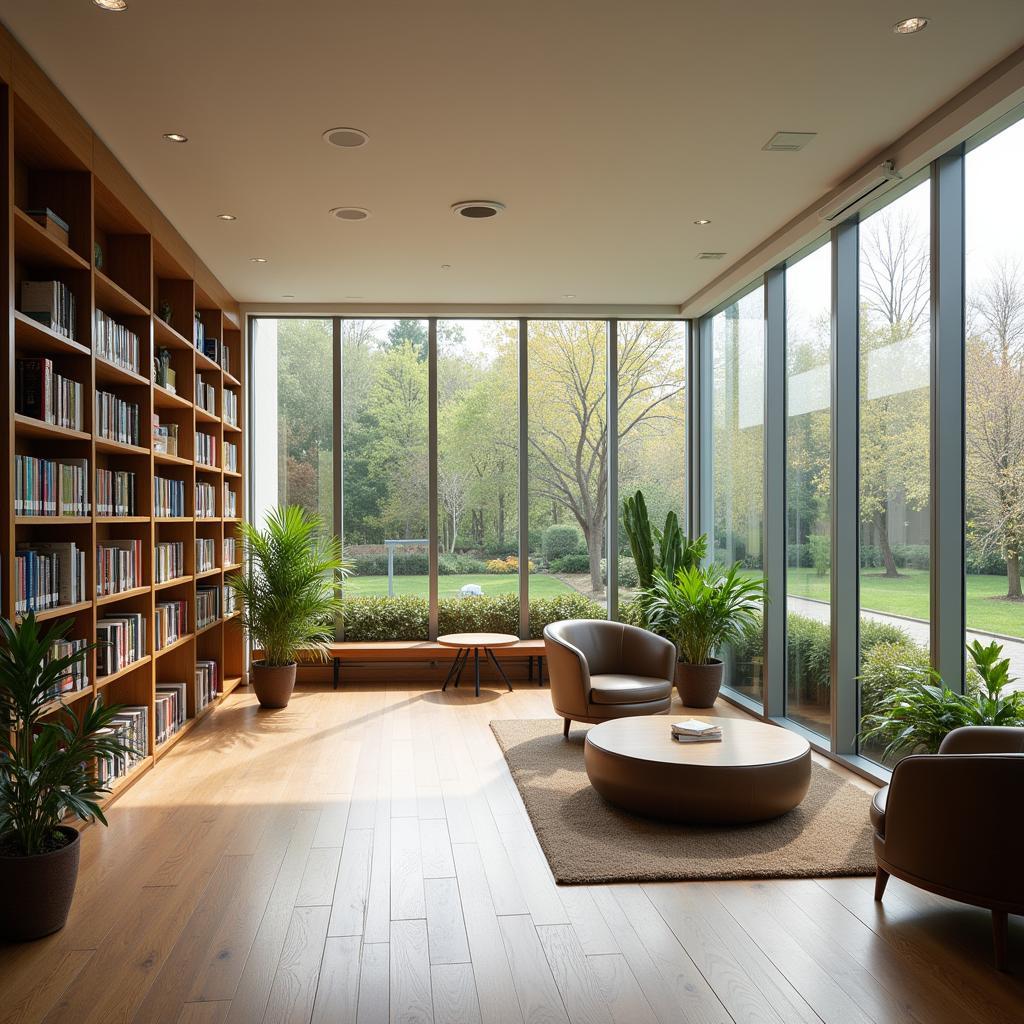For many IELTS candidates, speaking about personal preferences and peaceful locations is a common topic that frequently appears in the speaking test. Here’s a comprehensive guide to help you tackle questions about describing a quiet place effectively.
Part 1: Introduction and Interview Questions
Common questions you may encounter:
- Do you prefer quiet or noisy places?
- Where do you usually go when you want some quiet time?
- Is it easy to find quiet places in your city?
Sample answer (Band 8-9):
“I definitely have a preference for tranquil environments, especially when I need to concentrate or recharge. I usually seek refuge in my local library or a nearby park, as these places provide the perfect atmosphere for reflection and relaxation. While my city is quite bustling, there are still several hidden gems where one can escape the urban chaos.”

Part 2: Long Turn (Cue Card)
Describe a quiet place you like to go
You should say:
- Where this place is
- How you found out about it
- What you usually do there
- And explain why you like this place
Sample Answer (Band 8-9):
“I’d like to tell you about my absolute favorite sanctuary, a secluded botanical garden located in the heart of my city. I stumbled upon this hidden paradise while exploring outdoor places where I could spend time alone.
The garden is tucked away behind tall hedges, making it relatively unknown to most people. I initially discovered it through a local photography blog that highlighted lesser-known spots in the city. What particularly drew me to this place was its unique combination of Japanese and European landscaping elements.
When I’m there, I typically immerse myself in reading, writing in my journal, or simply reflecting on my life goals. The garden has several strategically placed benches overlooking a small koi pond, which creates an incredibly serene atmosphere.
What makes this place truly special is its ability to transport me away from the hustle and bustle of city life. The gentle rustling of leaves, the soft gurgling of the fountain, and the occasional bird songs create a perfect symphony of natural sounds that help me unwind and recharge.”
Follow-up Questions:
Q: Has this place changed over time?
A: “The garden has undergone subtle transformations over the years, with new species being introduced and the layout being thoughtfully enhanced. However, its fundamental character remains wonderfully preserved.”
Part 3: Discussion
Q: Why do people need quiet places in modern society?
A: “In today’s fast-paced world, quiet places serve as essential sanctuaries for mental well-being. They provide necessary respite from the constant bombardment of digital notifications and urban noise. These spaces allow people to reconnect with themselves and process important conversations or experiences.”
Q: How can cities create more quiet spaces?
A: “Cities can implement various strategies, such as developing green corridors and designing rooms specifically for relaxation. Urban planners could incorporate sound barriers, create pedestrian-only zones, and establish noise-free zones in public spaces.”
Key Vocabulary and Expressions
- Sanctuary (n) /ˈsæŋktʃueri/ – a peaceful place where you can escape
- Secluded (adj) /sɪˈkluːdɪd/ – private and quiet
- Immerse oneself (v) /ɪˈmɜːs/ – to become completely involved in something
- Serene (adj) /səˈriːn/ – peaceful and calm
- Transport (v) /trænˈspɔːt/ – to carry someone to another place or time mentally
Remember to practice these expressions naturally and incorporate them into your responses to achieve higher band scores.